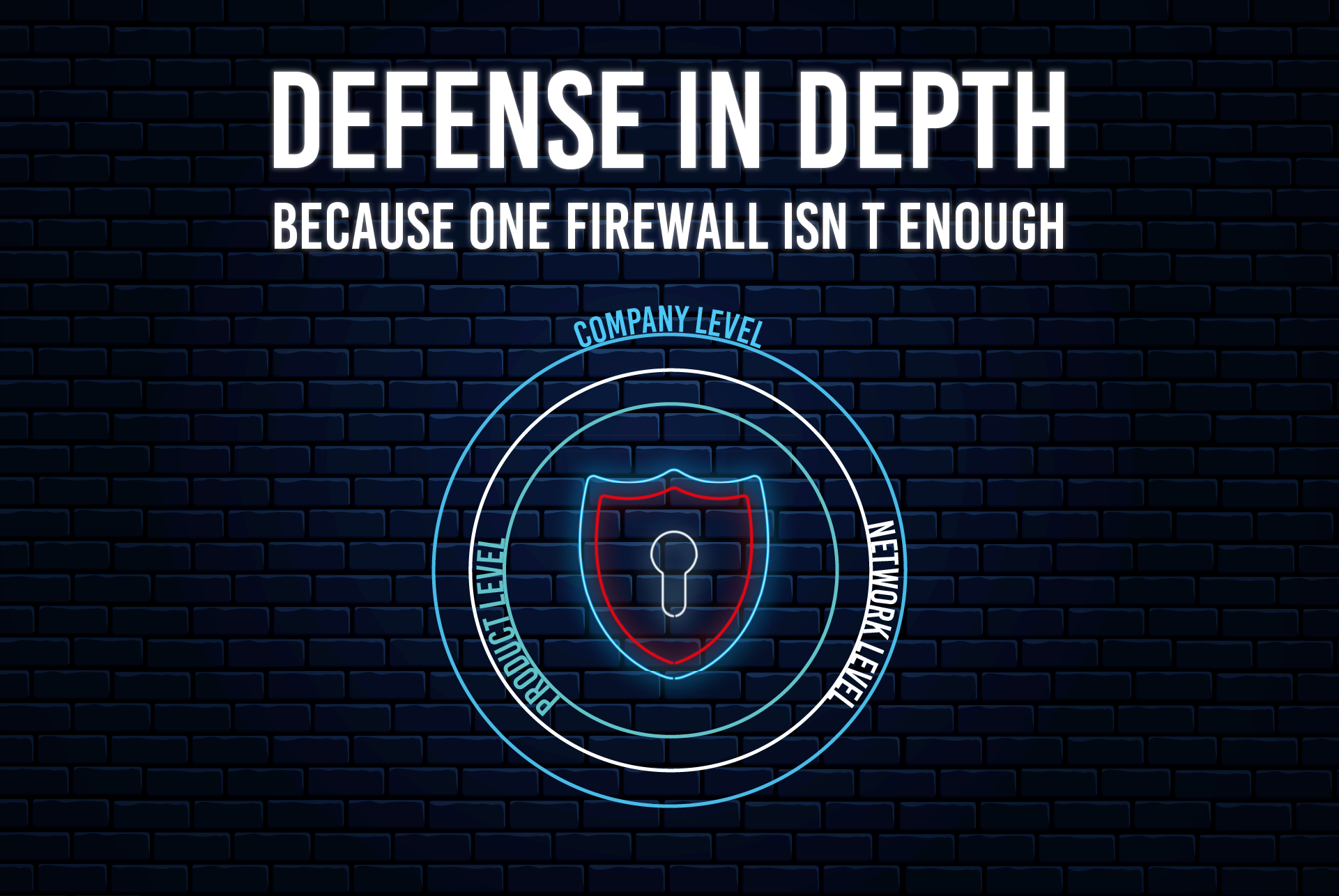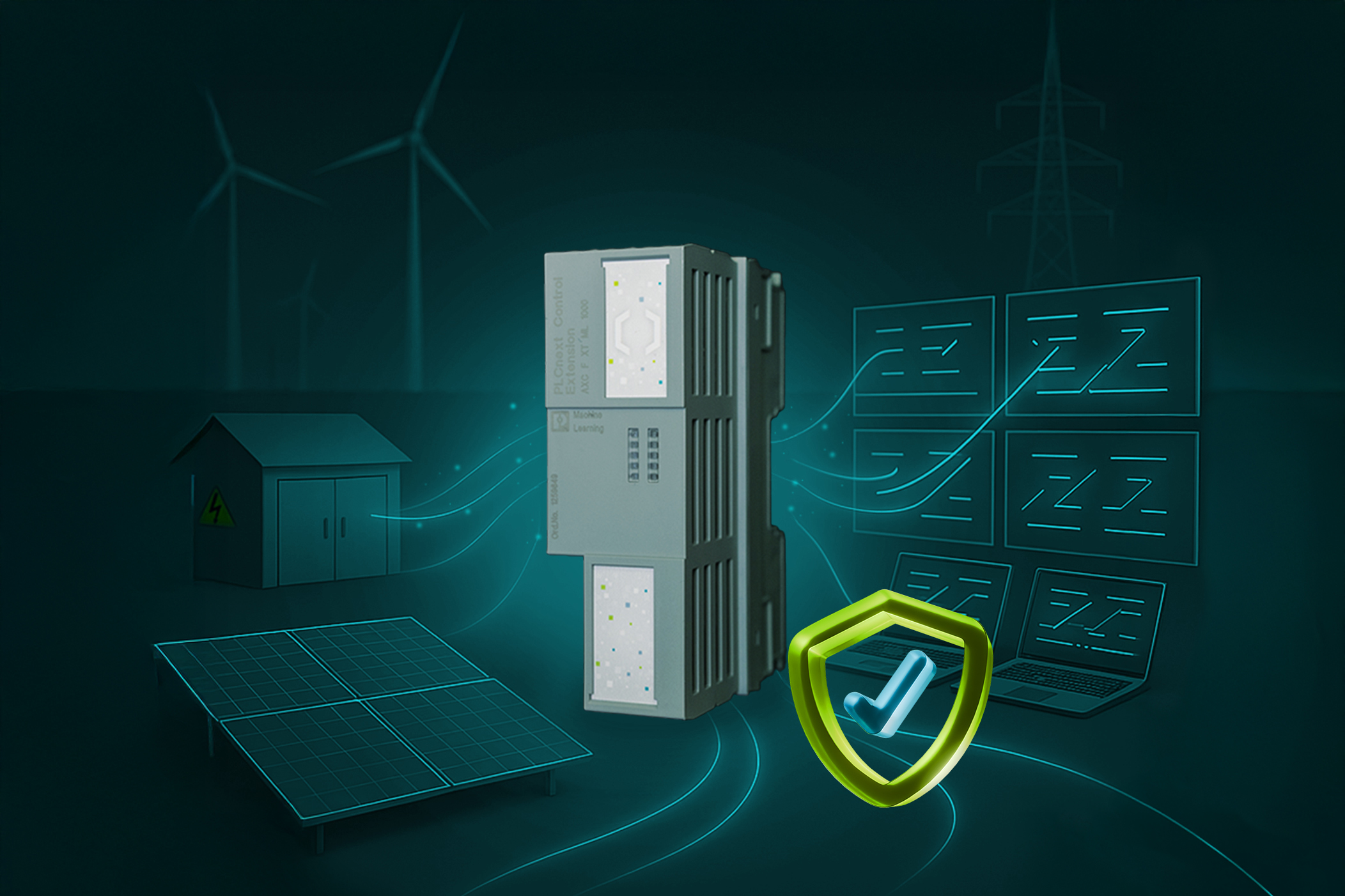
Understanding Risks and Protective Mechanisms in Industrial Networks
Cybersecurity is a shared responsibility and in times of increasing digitalization, securing industrial networks has never been more important. During Cybersecurity Awareness Month, we want to highlight typical network risks and show how the Defense in Depth principle (layered security measures) can help protect your systems. This post will illustrate the impact of neglecting or implementing protective mechanisms in real-world scenarios.
The Defense in Depth Principle
Defense in Depth is a security strategy based on multiple layers of defense across the physical, network and application levels. Rather than relying on a single measure, it ensures that if one protection mechanism fails, others remain in place to mitigate risks. This approach is essential for industrial automation networks, where threats can arise from both outside and inside the perimeter.
Scenario 1: Physically Accessible Components – The Danger of Public Access
Imagine network components that are installed in unlocked cabinets or in enclosures with standard keys that are easy to obtain. In these cases, unauthorized physical access is only a matter of time. Attackers can manipulate device settings or, worse, gain full access if devices are left with default credentials or if sensitive information such as passwords is stored on a Post-it inside the cabinet.
Impact:
- Immediate risk to individual devices: attackers can alter configurations or disrupt operations
- If standard settings are unchanged, the risk increases as attackers can log in with default credentials
- Physical security lapses often allow attackers to bypass digital security entirely
Protective Measures:
- Always use secure, individualized access keys and lock all cabinets housing network components
- Change default passwords upon installation and never display credentials physically near the device
- Implement logging and alerting for physical access
Scenario 1: Physically Accessible Components – The Danger of Public Access
A commonly overlooked risk is the use of unmanaged network switches. Unlike managed switches, unmanaged ones lack vital security features such as port security, access control, and the ability to disable unused ports. If an attacker gains access to a single device, an unmanaged switch allows them to reach other components like controllers, measurement devices or inverters directly.
If the network is also not segmented, the damage can quickly spread, potentially compromising the entire system.
Impact:
- Attackers may access multiple local devices, not just one. Lateral movement becomes easy
- The absence of segmentation means failures or manipulations can bring down the whole network
- Recovery from such broad attacks is time-consuming and costly
Protective Measures:
- Implement managed switches with security features like port blocking and access control lists
- Segment the network to contain threats and limit lateral movement
- Regularly review device connections and monitor for anomalies
Scenario 3: Remote Access Without Security – Opening the Doors to the World
Without firewalls and secure remote maintenance solutions, attackers are not limited to physical proximity. An internet-exposed device lacking proper access controls can be discovered and attacked by anyone worldwide. Attackers can perform the same manipulations as in previous scenarios, but now from anywhere, at any time.
Impact:
- Compromised devices can be controlled remotely, increasing the scale and frequency of possible attacks
- Global exposure leads to automated attacks: bots and scripts will find and exploit unsecured devices rapidly
- Potential for data theft, sabotage, and loss of operational continuity
Protective Measures:
- Always use security routers and VPN solutions for remote access
- Do not expose devices directly to the internet; place them behind firewalls with strict access policies
- Use strong, regularly changed credentials and monitor remote access attempts
Conclusion
Securing industrial networks is not a one-time task, but an ongoing process that requires vigilance and the right tools. By following the Defense in Depth principle and implementing robust protective mechanisms – physical security, managed networking, segmentation and secure remote access – you significantly reduce the attack surface and enhance resilience.
Let Cybersecurity Awareness Month be a reminder: review your network, close the gaps and establish a multi-layered security approach. Your PLCnext Technology solutions are only as secure as the weakest link in your chain. Make sure every link counts.




